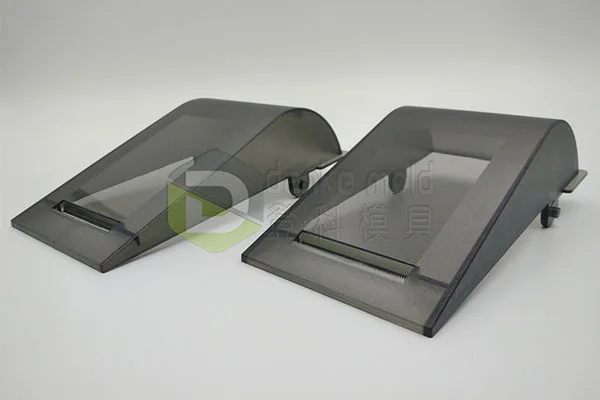The injection molding industry is going through major changes as we welcome the possibilities of 2024. These changes are being driven by global market dynamics, sustainability demands, and technological advancements. We’ll analyse major trends and market insights of plastic injection molding in this succinct analysis, providing businesses with the knowledge they need to make wise decisions in this ever-changing environment.
Intelligent Manufacturing
One of the biggest innovations in this field has been 3D printing, which has completely changed the industry. With faster setup times, less initial investment, and greater adaptability to frequent design modifications, the most recent advancements in 3D printing technology have shortened production times while maintaining high-quality final products.
Using Cutting-Edge Technologies
Modern equipment and software are being purchased by manufacturers in an effort to increase output levels and product quality. To make molds that are more accurate, technologies like computer-aided design (CAD) and computer-aided manufacturing (CAM) are being used extensively. Moreover, real-time process monitoring and optimization are made possible by the integration of Industry 4.0 technologies, such as artificial intelligence (AI) and the Internet of Things (IoT).
Eco-Friendly Methods: Making the Right Moves
Within the injection molding industry, advancements in the field are becoming more and more prominent. Manufacturers are committed to using sustainable practices to lessen their environmental impact. These methods include implementing energy-efficient procedures, reducing waste, and using recycled materials. Closed-loop systems are becoming more and more popular because they recycle production waste back into the manufacturing process.

Injection molding products
Molding by micro-injection
The need for smaller and more accurate components across industries is driving the rise of micro-injection molding. The production of tiny parts with minute details—often in the micrometre range—is made possible by this technology. This process finds application in a variety of fields, such as electronics, automotive sensors, and medical devices. Advances in material selection, process control, and micro-tooling have allowed manufacturers to create complex micro-components at large scale with high repeatability.
Shortened supply chains
Concerns about the pandemic’s supply chain have prompted a number of businesses to relocate their plastic injection molding and toolmaking operations back to the United States. Though nearshoring to Mexico is also a developing trend, Plastics Today reports that the percentage of plastics processors returning decreased by 10% in Q4 2022. Reshoring nevertheless has a number of advantages, including better product quality, lower transportation costs, shorter lead times, and greater sustainability.
Material Innovations
Injection molding requires careful consideration of the materials used, and the use of cutting-edge materials will soar in 2024. Because of their improved performance qualities and advantages for the environment, bioplastics and bio-based polymers are becoming more and more popular. The industry is moving toward materials that are stronger, lighter, and more resistant to heat, meeting the needs of a wide range of applications in different industries.
In summary
Becoming involved in the injection molding industry is an immensely thrilling moment! As you can see, there is a ton of innovation in this sector when it comes to design, materials, technologies, and sustainability practices. Plastic injection molders can produce more precise, eco-friendly, and high-performing solutions by adopting these innovations and trends.
